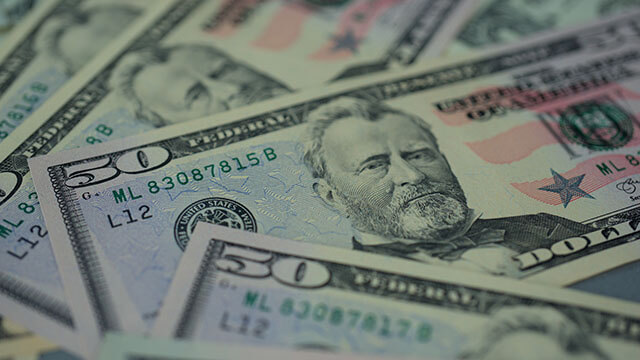
 761
761
USD Firmer on Possibility of Lower Overseas Rates, Recovering Risk Sentiment
On Thursday, the US dollar inched higher, pushed by wider interest-rate differentials as other major economies began reducing rates before the U.S. and there is political turmoil in parts of Europe.
The U.S. dollar index, which measures its strength against 6 other major currencies, was 0.2% higher at 105.45 after a volatile ten days characterized by mixed signals from the U.S. economy, while political uncertainty in France has rocked markets in Europe.
The dollar’s gain was due to a drop in the pound after the Bank of England kept rates unchanged, and the Swiss franc also declined after the Swiss National Bank cut interest rates to 1.25%, after a rate cut in March.
The U.S. economy shows indications of cooling with the report of tepid May retail sales on Tuesday and evidence of the labor market easing.
Thursday’s data showed that although the number of Americans filing initial claims for unemployment benefits dropped last week, it was still more than anticipated. Strength in the jobs market therefore persisted despite easing gradually.
The pound was 0.3% lower at $1.2678 in late-morning trading in the U.S. The BoE earlier voted 7-2 to hold its main interest rate at its current level.














